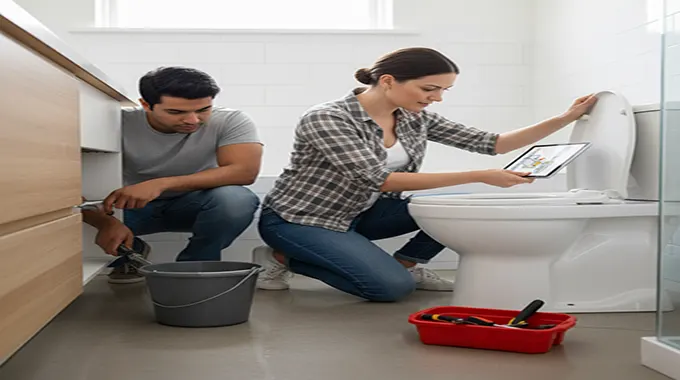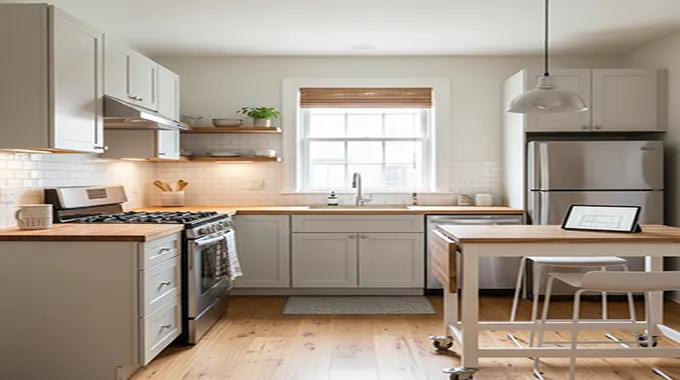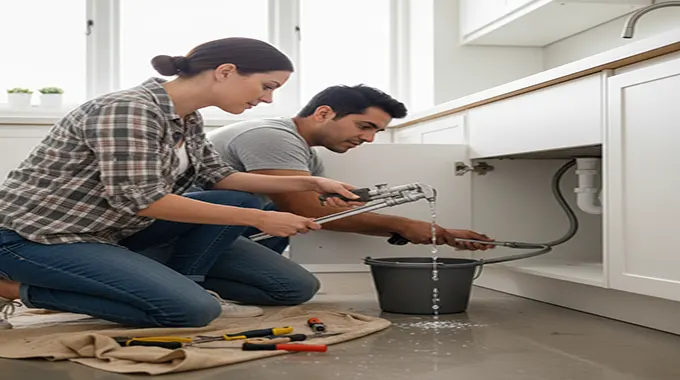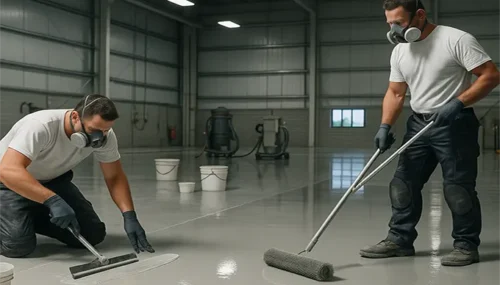Choose a reliable general contractor for your full bathroom renovation
A full bathroom renovation is a significant investment and a complex project, requiring expertise in everything from plumbing and electrical work to tile setting and cabinetry. A good general contractor acts as the project manager, coordinating all the tradespeople and ensuring the work is completed on time, on budget, and to a high standard. Choosing the right one is the most critical step in a successful renovation.
1. Define Your Project and Budget
Before you start your search, you need a clear vision for your new bathroom.
- Create a detailed plan: Decide on your “must-haves” and “nice-to-haves.” Will you be











